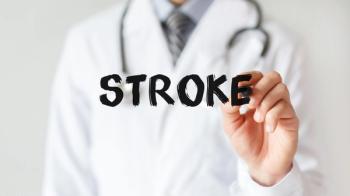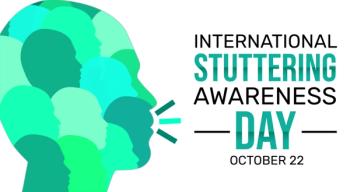
Caffeine as a Competitive Antagonist
Our Editor in Chief addresses a question from our readers about caffeine.
FROM OUR READERS
Scott Donofrio, MD, offered the following feedback to my article “
“In the 4th paragraph of the 2nd section (SEP-856: TAAR-1 and 5HT1A Agonist), Dr Miller has written caffeine’s action at heterodimeric adenosine receptor–D2R complexes is that of “a noncompetitive antagonist at the adenosine site.” As further described, the action seems to me to be that of a competitive antagonist with respect to adenosine and a noncompetitive one with respect to dopamine. Is that what Dr Miller means here?”
Dr Donofrio is correct with regards to my mischaracterization of caffeine as a “noncompetitive antagonist at the adenosine site.” Further, Dr Donofrio correctly hypothesizes that caffeine “seems to me to be that of a competitive antagonist w/respect to adenosine.” Caffeine is structurally similar to adenosine. As such, as the caffeine levels in the brain increase, caffeine directly competes with and displaces adenosine’s occupation of the adenosine binding site, reversing adenosine’s effect on dopamine. This, by definition, is the activity of a competitive antagonist.
Unlike adenosine, which decreases dopamine activity as its levels increase, caffeine has no agonistic activity at the adenosine site. Rather, caffeine functions as an antagonist, hence reversing the agonistic effects of adenosine and ultimately increasing brain dopamine levels.2
Dr Donofrio’s second question (“caffeine’s action at heterodimeric adenosine receptor–D2R complexes is that of . . . a noncompetitive one w/respect to dopamine. Is that what Dr Miller means here?”) raises an important issue about the definition of a noncompetitive antagonist. In this situation, caffeine is not interacting with the physical D2R receptor in any way, rather its effect is indirect through the adenosine receptor, which together form a heterodimer.
There are 2 accepted definitions of a noncompetitive antagonist, which are mechanistically quite different. The first is that a noncompetitive antagonist is functionally an allosteric antagonist. With this definition, caffeine would putatively bind to a part of the adenosine receptor, which is distinct from and geographically unrelated to the adenosine binding site. However, the caffeine would alter the physical structure of the adenosine receptor to such a degree that it would not function, despite the presence of adenosine.
The second definition of a noncompetitive antagonist would be a drug/molecule that binds irreversibly to the receptor binding site. In this example, caffeine would putatively bind irreversibly to the actual adenosine binding site, so the adenosine receptor is permanently disabled. There can be no competition for binding between caffeine and adenosine because adenosine would not be able to displace the irreversibly bound caffeine.
In conclusion, caffeine is a competitive antagonist at the adenosine binding site, but has no direct activity at the dopamine-2 receptor.
One final clarification regarding this article: the print issue has a typographical error in the 10th section, ALKS 3831: combination of olanzapine and samidorphan. The print article reads as follows: “Olanzapine needs no introduction, as it was FDA approved as our 3rd atypical antipsychotic in 1966, following clozapine and risperidone.” It wrongly states the FDA approval of olanzapine as “1966,” when it was actually FDA approved in 1996. The online article is correct.
Dr Miller is Medical Director, Brain Health, Exeter, NH; Editor in Chief, Psychiatric Times; Staff Psychiatrist, Seacoast Mental Health Center, Exeter, NH; Consulting Psychiatrist, Exeter Hospital, Exeter, NH; Consulting Psychiatrist, Insight Meditation Society, Barre, MA.
Reference
1. Miller JJ. The psychiatric pipeline: 10 agents to watch. Psychiatric Times. 2021;38(1).
2. Ferré S. Caffeine: neurobiological and psychiatric implications. Psychiatric Times. 2019;36(8):32-35.
Newsletter
Receive trusted psychiatric news, expert analysis, and clinical insights — subscribe today to support your practice and your patients.

















